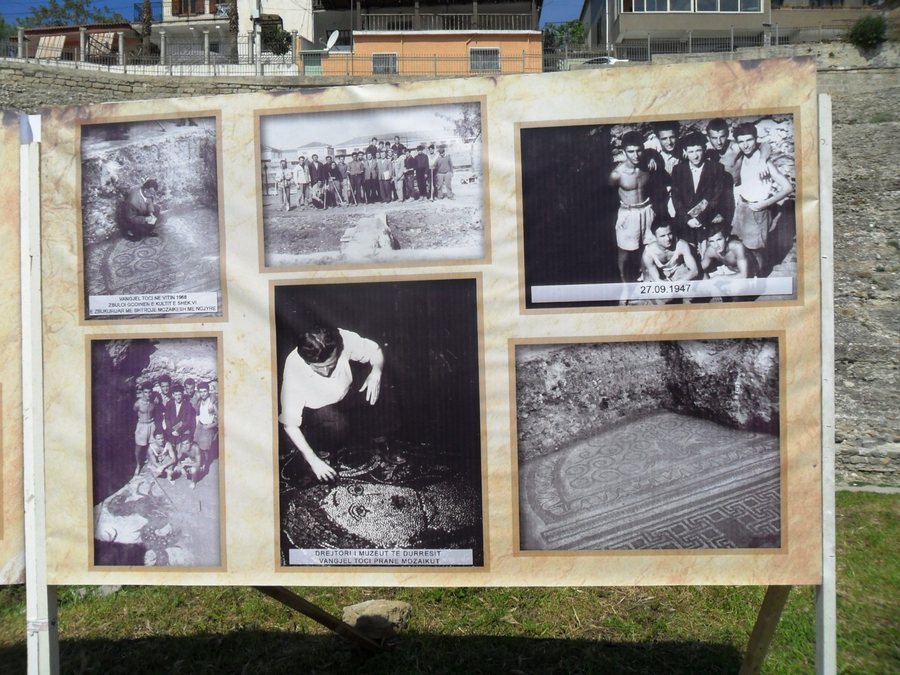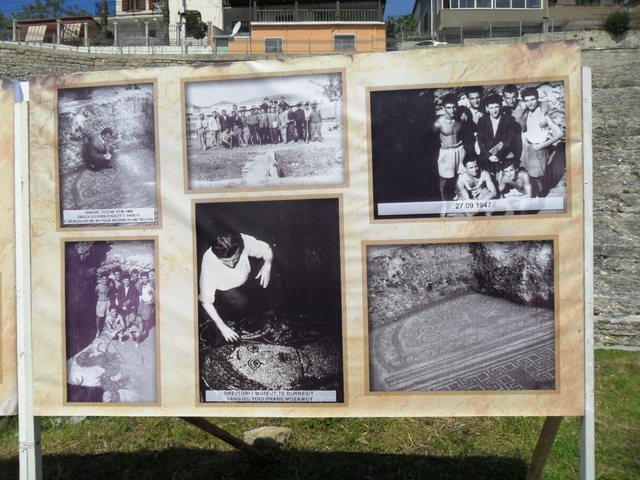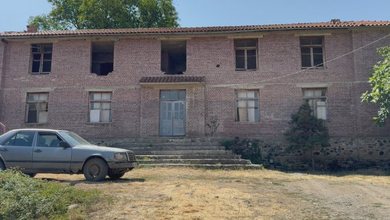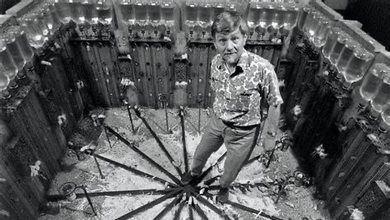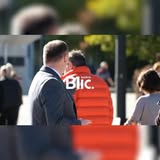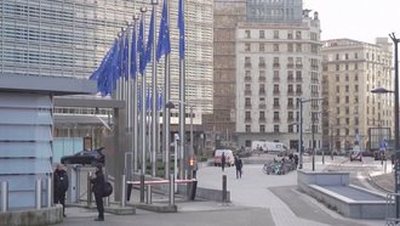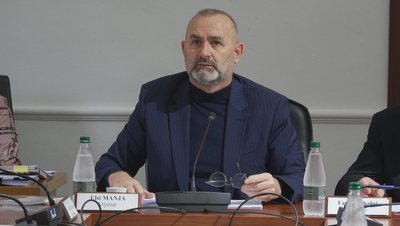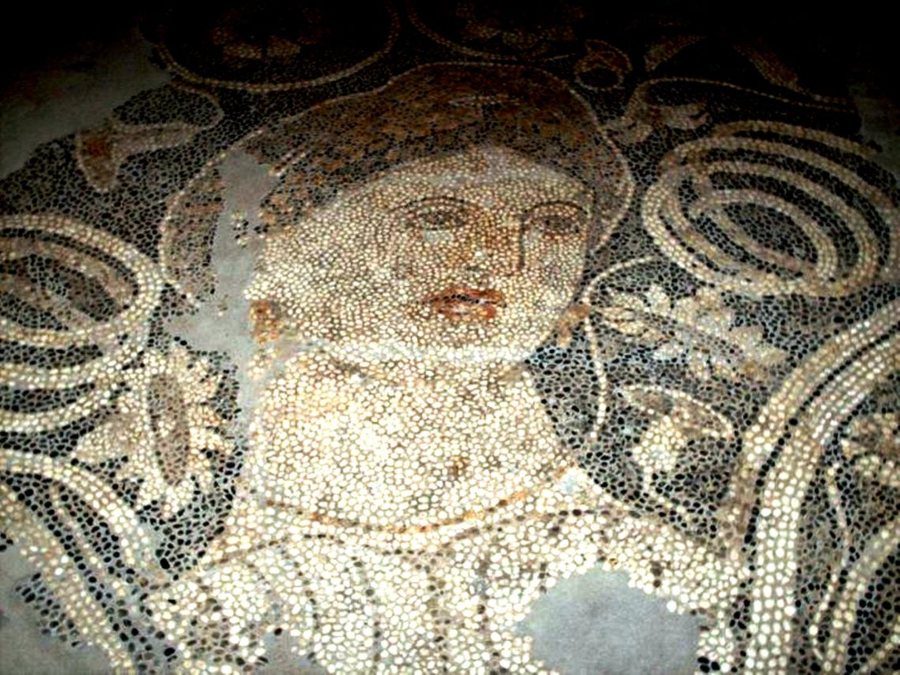
The “Beauty of Durrës” is a symbol of the coastal city. The mosaic dates back to the 4th century BC and has been on display since the early 1980s at the National Museum of Tirana.
But the condition of other mosaics in Durrës does not seem fortunate.
The Meander Mosaic and the Rosette Mosaic are located in the foundations of two residential buildings. Restoration projects have remained on paper for two decades, while the mosaics are at risk of being damaged by water.
“Durres has the largest and most diverse number of mosaics in Albania, 15 of which have been discovered so far,” says archaeologist Brikena Shkodra. Those still found underground are probably more numerous.
Paradoxically, most of these archaeological discoveries remain invisible to the public.
"The mosaics of Durrës represent a rare artistic and cultural heritage that reflects the historical development of the city from antiquity to the medieval and Byzantine periods," Shkodra emphasized.
The largest number of mosaics comes from the suburban area of the city, a part dominated by villas and artisanal installations and known as archaeological zone B around the city center.
According to the Shkodra archaeologist, the lack of tourist promotion and integrated strategies for museumization is jeopardizing not only their physical preservation, but also their value as a source of education and cultural identity.
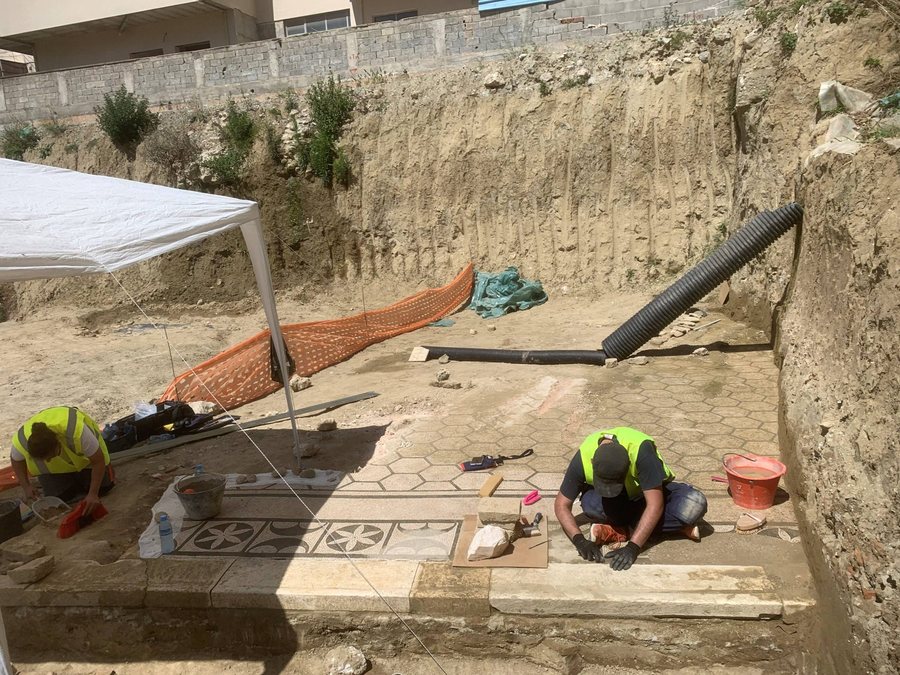
"Works like "The Beauty of Durrës" or the mosaic of the Amphitheater chapel not only have artistic value, but also reflect the cultural and religious transformations of the city and the region over a wide historical period, respectively from the 4th century BC to the 10th century AD," Shkodra emphasized.
Artists and professionals have tried to maintain their relationship with mosaics through their reproductions. A group of students took some lessons to learn the techniques of their production, but everything remained as a project.
“The hippocampus mosaic, known as the seahorse mosaic, was reproduced years ago in the colonnaded square, while the other variant was brought by two local restorers to the hall of antiquity in the Archaeological Museum of Durrës,” says Saimir Bimi, an entrepreneur passionate about mosaics.
Projects to reproduce the mosaics of Durrës have not found the support of the local government.
"One side of the facade of the Prefecture building has remained empty for 35 years," adds Bimi, according to whom, with the funding of some enthusiasts, it could be decorated with figures from the mosaics of the ancient city.
Even the possibility of reproducing another mosaic at the entrance to Durrës Municipality has remained unanswered.
In January 2018, on the occasion of the 550th anniversary, a group of former students installed the mosaic of Gjergj Kastrioti in the entrance hall of the school of the same name.
Doranin Agalliu, one of the funders of the mosaic and a former high school graduate, told BIRN that such initiatives do not find support from institutions.
"We removed it to preserve the hero's mosaic, right at the moment when the demolition of the educational building was decided due to the November 2019 earthquake," he said.
Other ancient ruins were discovered in the foundations of the ruined school, including elements of a Roman-period villa and several mosaics.
"So far we have discovered five mosaics, in five different environments," says restorer Agron Islami.
"Now, together with archaeologists, we are waiting to resume work on the site," he concluded. /BIRN/
